Results 7,791 to 7,800 of 12096
Thread: Anandtech News
-
01-23-18, 09:28 AM #7791
Anandtech: The Samsung 860 PRO (512GB And 4TB) SSD Review: Replacing A Legend
The Samsung 850 PRO has been the top SATA SSD for years. Samsung is now replacing it with an updated premium SATA SSD, one that promises to be the fastest SATA SSD yet. But we're not convinced that market for a high-end MLC SATA SSD still exists.
More...
-
01-23-18, 11:19 AM #7792
Anandtech: The Intel SSD 760p 512GB Review: Mainstream NVMe Done Right
Intel's third generation consumer NVMe SSD is here. After the big expensive drive based on their enterprise SSDs and the affordable M.2 drive that was barely an upgrade over mainstream SATA SSDs, the new Intel SSD 760p gets it right with solid performance, good power efficiency and competitive prices. The Intel 760p uses 64-layer 3D TLC NAND flash and Silicon Motion's SM2262 NVMe SSD controller.
More...
-
01-23-18, 01:20 PM #7793
Anandtech: The Samsung Exynos M3 - 6-wide Decode With 50%+ IPC Increase
With the public announcement of the Exynos 9810 having finally taken place, Samsung engineers are now free to release information on the new M3 CPU microarchitecture. We have a first look into the new microarchitecture and what kind of improvements we should expect from Samsung’s new flagship SoC.
More...
-
01-23-18, 01:20 PM #7794
Anandtech: Supermicro at CES 2018: X299 Motherboards, for Upcoming 300W CPUs?
Aside from the mini-ITX motherboard on display, Supermicro also had its two X299 consumer-based motherboards on display. These two were somewhat identical, although each had a separate key feature – one with IPMI interactivity normally need on server-level motherboards, and the other had an interesting listing on CPU power consumption support.
The first board, the C9X299-PGF, with integrated IPMI management, has been listed on Supermicro’s website for a while, but we were able to see it up close for the first time. Normally on server motherboards, the Aspeed AST2500 controller that does this management has a dedicated Ethernet interface, but in the consumer line-up, it actually piggybacks off of one of the two built-in gigabit Ethernet ports instead. Some home users enjoy having this functionality, and as such Supermicro offers two versions: one with, and one without.
The second board, however, is the surprising one. Listed as the C9X299-PG300, where ‘PG’ is for Professional Gaming, it uses Supermicro’s new heatsink design for dual M.2 drive cooling supported by the chipset, with RGB LEDs underneath the chipset heatsink to illuminate the ‘Play Harder’ slogan for the Supero consumer product brand. The rear panel has an updated cover using the same metallic look and colors, as does the power delivery heatsink on the CPU.
Staying on the CPU for a second: the reason it is called the ‘PG300’ is because this motherboard is geared up to accept CPUs with up to 300W TDP. This comes across as somewhat odd – the X299 platform only has CPUs up to 165W listed. Even with turbo modes applied and all cores going, somewhere around 240-250W is ‘normal’, which would mean that the system is being geared for something bigger.
Now at this point, I should point out that the Z370 motherboard on display said ‘support’ up to 120W TDP, which might draw the same conclusion, although the CPUs that the Z370 supports have been observed at 120W in regular use with motherboard turbo modes. Also, there was a Xeon W motherboard on display, stating support for CPUs up to 165W TDP, which is what I would have expected. So with this C9X299-PG300, listing 300W TDP support, it can mean one of two things.
- It is geared for extreme overclocking. To which Supermicro has no serious heritage.
- There are CPUs still to be released that might flirt with the 300W TDP.
Obviously trying to confirm this on the record is somewhat of a fruitless task. Supermicro couldn’t answer any questions (not even as a negative), and Intel does not comment on rumor/future product.
Two other things spring to mind on this. A number of X299 motherboards, especially the high-end ones, are built for extreme overclocking, where the CPU can draw 500W+. None of those are listed as having 300W TDP support, although Supermicro is a bit different to those companies. Secondly, the initial run of X299 motherboards had problems with CPUs with high power consumption and the power delivery, causing the VRMs to overheat and throttle. Some vendors combatted this with new designs with bigger heatsinks, so it would be a similar kettle of fish if higher TDP processors were released.
However, other features on the PG300 include dual U.2 ports, an Aquantia AQC107-based 10-gigabit ethernet port, support for dual M.2 drives, support up to DDR4-4000, and customizable RGB LED headers. There is also legacy PS2 support, and a pair of USB 3.1 (10 Gbps) controllers, giving four ports on the rear.
Related Reading- Supermicro at CES 2018: The First Supero Mini-ITX Motherboard
- The Supermicro C7H170-M and Intel Core i3-6100TE Review
- Supermicro Quietly Launches the C7Z170-OCE: Multi-GPU focused with PLX8747 for $300
- Supermicro Releases Intel Xeon Phi x200 (KNL) Systems: Servers and a Developer Mid-Tower
Gallery: Supermicro at CES 2018: X299 Motherboards, for Upcoming 300W CPUs?





More...
-
01-23-18, 04:17 PM #7795
Anandtech: AMD Reassembles the Radeon Technologies Group: New Leadership Hired & Semi
Ever since Raja Koduri abdicated his leadership post at AMD’s Radeon Technologies Group in favor of a similar post at Intel, the big question on everyone’s mind has been what would become of the RTG and who would lead it. While AMD – and ATI before it – is far from a stranger to graphics, the formation of the RTG in 2015 marked an important point in the development of AMD’s graphics business, as it was finally re-made whole under the AMD umbrella. As a business-within-a-business, RTG was largely seen as Raja’s baby, so his departure was destined to have a large impact.
Now just a bit over two months later, we finally know the fate of RTG. Today AMD is announcing the new leadership for RTG, bringing on two new Senior Vice Presidents to run the division. Meanwhile the company is also making some organizational changes to RTG, which although will keep RTG intact as a singular entity, will see it internally organized into dedicated engineering and business teams, each in turn reporting to their respective SVP heads. This change means that RTG doesn’t have a true, singular leader – not that Raja had full overview over RTG’s business operations, I’m being told – but rather both of the new SVPs report to AMD’s CEO, Dr. Lisa Su, and together represent the business unit.
Finally, while in the process of reorganizing and rebuilding the leadership of the RTG, AMD is announcing that they have also reassigned the semi-custom business unit. Semi-custom is now being folded into the business side of RTG, and while AMD’s announcement doesn’t note that there are any changes in how the semi-custom unit will operate, it will fall under the purview of the head of RTG’s business group.
RTG Engineering Group Leadership: David Wang, Senior Vice President of Engineering
First off then, let’s talk about the engineering side. The new head of RTG’s engineering efforts (and arguably the de-facto successor to Raja) will be David Wang. Wang is a name that some long-time followers may be familiar with, as until earlier this decade he was a long-term AMD employee that rose through the ranks to become a Corporate Vice President of AMD’s GPU and SoC efforts. And as you might expect for someone hired for AMD’s top GPU engineering post, Wang has a long history in the graphics industry, working for SGI before joining ArtX and going through the ArtX-to-ATI-to-AMD acquisition chain. Specific to his experience at AMD, Wang has worked on every AMD GPU between the R300 and the Southern Islands (GCN 1.0) family, so he’s seen the full spectrum over at AMD.
More recently, he’s been serving as the Senior VP of Synaptics, where he was one of several former ATI/AMD employees to jump ship over there around the turn of the decade. So for David Wang, in a sense this is coming back home to AMD. Which off the top of my head makes him the third such high profile engineer to jump out and back in over the last decade, after Raja Koduri and CPU guru Jim Keller.
Wang re-joins AMD at a critical time for its engineering group. With the Vega launch behind it, RTG’s engineering staff is in the middle of development of the Navi GPU architecture and beyond, all the while putting the finishing touches on Vega Mobile for this year and squeezing in a 7nm Vega design for servers for 2019. Vega’s launch has been a contentious one – for engineering reasons as much or more so than business reasons – so Wang may very well be a much-needed breath of fresh air for RTG’s engineering teams.
Officially, AMD is stating that in his position, Wang will be responsible for “graphics engineering, including technical strategy, architecture, hardware and software for AMD graphics products,” the last item in particular being notable, as this confirms that software is staying under the control of the engineering group rather than being more distributed through AMD as it once was.
RTG Business Group Leadership: Mike Rayfield, Senior Vice President and General Manager
David Wang’s counterpart on the business side of matters will be Mike Rayfield, who is being tapped to serve as the Senior VP and the General Manager of the business group. Rayfield is another industry veteran, albeit one without the same immense GPU history of Wang. Instead Rayfield’s history includes posts such as the VP and General Manager of NVIDIA’s mobile business unit (Tegra) and a director of business development at Cisco. Most recently (and for the past 5 years), Rayfield has been at Micron serving as the memory manufacturer’s VP and GM for their mobile business unit, which houses Micron’s mobile-focused memory and storage product groups.
AMD notes that Rayfield has “30 years of technology industry experience, including a deep understanding of how to grow a business and drive results,” which says a lot about AMD’s direction in very few words. Instead of hiring another GPU insider for the post, AMD is bringing in someone from outside the industry altogether, someone who has plenty of experience with managing a growing business. RTG’s business struggles are of course well-known at this point, so this offers AMD the chance to reset matters and to try to fully righten the conflicted business unit.
Rayfield is definitely joining RTG and AMD at an interesting time. On the business side of matters RTG is contending with the fact that Vega (and practically every other GPU AMD makes) is proving incredibly popular with cryptocurrency mining groups, to the point that, above the entry-level market, the North American consumer market has been entirely depleted of AMD-based video cards. In the short term this means that AMD is selling everything they can make, but Rayfield will have to help AMD grapple with the long-term effects of this shift, and how to keep the newly minted mining customers happy without further losing disillusioned gaming customers.
AMD Semi-Custom Folded Into RTG
Meanwhile along with overseeing the traditional business aspects of the GPU group, Rayfield is also inheriting a second job, overseeing AMD’s semi-custom business unit. Previously a part of the Enterprise & Embedded unit, semi-custom is being moved under the business side of RTG, putting it under Rayfield’s control. This reorganization, in turn, will see the Enterprise & Embedded unit separated from semi-custom to become the new Datacenter and Embedded Solutions Business Group, which will continue to be operated by SVP and GM Forrest Norrod.
Truth be told I’m still not 100% sure what to make of this change. AMD’s semi-custom focus was a big deal a few years back, and while the business has done well for itself, the focus at the company seems to have shifted back to selling processors directly, built on the back of the technological and sales success of the Zen architecture and its derivative products. Meanwhile, AMD is citing the fact that graphics is a core part of semi-custom designs as the rationale for putting it under the RTG. AMD still believes that the semi-custom business is more than just providing processors to the game console industry, but I do think that after a few years of pursuing this route, that this is the realization that game consoles are going to remain the predominant semi-custom customer. So in this respect it’s a bit of a return to status quo: game consoles are now once again part of the graphics business. And in the meantime semi-custom has certainly become a lower priority for AMD, as it’s a very regular in volume but relatively low in gross margin business for the company compared to their increasing CPU fortunes.
Finally, speaking of finances, it’s worth noting that AMD is calling this an increase in the company’s investment in RTG. The company isn’t throwing around any hard numbers right now, but it sounds like overall the RTG budget has been increased. AMD has of course struggled mightily in this area as a consequence of their lean years – in particular, it seems like AMD can’t complete as many GPU die designs per year as they once did – so combined with the shift in leadership, I’m optimistic that this means that we’re going to see AMD shift to an even more competitive position in the GPU marketplace.
More...
-
01-24-18, 08:18 AM #7796
Anandtech: Getting Radeon Vega Everywhere: An Exclusive Media Interview at AMD Tech D
In what is becoming an annual tradition, during AMD’s Tech Day here at CES we were given the opportunity to spend some time with Dr. Lisa Su, AMD’s CEO. Throughout 2017, Dr. Su has steered AMD through its return to high performance, offering significant competition in the x86 market on both consumer and enterprise, with a product ramp through 2018.
More...
-
01-24-18, 08:18 AM #7797
Anandtech: European Union Fines Qualcomm $1.23 Billion for Anti-Competitive Apple Dea
This morning the European Union’s European Commission became the latest regulatory body to fine Qualcomm over anti-competitive actions untaken by the company. The investigation, which we’ve been expecting the results of for some time now, found Qualcomm guilty of abusing its dominant market position in LTE modems, with Qualcomm paying Apple to exclusively use its modems. As a result the Commission has levied the largest fine to date against Qualcomm, totaling over €997 million ($1.23 billion).
Qualcomm has been under scrutiny by regulators in one form or another for over a decade at this point. The company has previously been fined by China, South Korea, Taiwan, and there is still an ongoing investigation in the United States. While the precise infraction has varied some from fine to fine, in all cases regulators have cited Qualcomm for abusing its position in the cellular modem market in order to freeze out any competition. This has included their position to forcibly bundle unrelated patents and refusing to license out standards essential patents to customers who didn’t buy Qualcomm chips.
The European Commission’s case, by contrast, is perhaps the most interesting of the cases as it’s the most contemporary, dealing with Qualcomm’s actions from 2011 to 2016. The Commission’s case is solely focused on LTE shenanigans – other cases have tended to focus on CDMA or a mix of CDMA and LTE – with the regulatory body finding sufficient evidence of an anti-competitive Apple deal to charge the company under antitrust laws.
The Apple deal, which we first found out about in a US FTC investigation last year, had Qualcomm paying Apple royalty rebates in order to ensure Apple’s exclusive use of Qualcomm’s LTE modems. And while royalty rebates alone are not inherently illegal, the fact that Qualcomm was doing it on order to prevent other competitors from gaining a foothold in the LTE modem market – primarily Intel – is what makes it illegal. And while it’s just one of many handset vendors in the EU, Apple ships a large enough percentage of all handsets that landing an Apple deal can (and did) make or break an LTE modem vendor; so stopping Apple from looking outside Qualcomm would go a long way towards ensuring no other competition for Qualcomm cropped up.
Meanwhile, Apple’s cooperation with investigators has driven a large wedge between the two companies. Apple has been suing Qualcomm for another $1 billion in royalty rebates it says are still owed, and Qualcomm has been suing Apple for what they see as an unfounded global attack against the company. With the expiration of the rebate program, Apple has since begun multi-sourcing modems – starting with Intel’s XMM 7360 for the iPhone 7 in 2016 – so the European Commission’s case is more about punishing Qualcomm for past actions than it is about correcting any present market conditions.
Finally, while the Commission’s findings are not binding in other nations, this ruling sets the stage for what’s likely to be the most interesting of Qualcomm’s ongoing cases: the United States Federal Trade Commission. The US FTC has been investigating Qualcomm since the start of 2017 over the Apple deal and other aspects of Qualcomm’s business, so the fact that the Commission found enough evidence to fine Qualcomm indicates that the FTC could rule similarly on the same evidence. Never mind any other regulatory bodies out there who haven’t already begun investigating Qualcomm over the Apple deal. As a result this is likely not the last time we’ll see Qualcomm fined for their misdeeds with Apple.
Update: Qualcomm has issued a statement saying that they disagree with the Commission's ruling, and that they will be appealing the fine to the General Court of the European Union.
“We are confident this agreement did not violate EU competition rules or adversely affect market competition or European consumers,” said Don Rosenberg, executive vice president and general counsel of Qualcomm. “We have a strong case for judicial review and we will immediately commence that process.”
More...
-
01-24-18, 02:03 PM #7798
Anandtech: Supermicro at CES 2018: X11SRA Xeon W Motherboard on Display
Another product on display over at Supermicro at this year’s CES was that of a Xeon W motherboard. Xeon W is Intel’s professional platform that is almost a copy/paste of the high-end desktop X299 platform, but uses a professional grade chipset and offers support for ECC and RDIMM memory. Like Skylake-X, the Xeon W platform supports up to 18-core CPUs (Xeon W-2195), with almost the same specifications, except for support up to 512GB of DRAM. In previous years, these two families of products were served by a single platform, but recently Intel has seen fit to separate them. As a result, we are seeing fewer and fewer professional-grade motherboards hitting the open market, leaving most sales in the hands of pre-built OEMs. With Supermicro being one of those OEMs but with a consumer line, they are planning to offer at least one consumer/professional motherboard for this market, and that is the X11SRA we saw in the booth.
If we look at the X11SRA, we can see a lot of similarities with the consumer X299 motherboards from Supermicro. Features like the dual U.2 ports from the C9X299-PG300 are here, along with reinforced DRAM slots and reinforced PCIe slots. The layout with dual M.2 drives seems to be a copy paste too, and there are a couple of unused pads on the bottom left which would normally be occupied by an Aspeed AST2500 management chip with some memory, as seen on the X299-PGF. With these pads present, there is likely to be an ‘X11SRA-F’ version alongside this board in due course.
This X11SRA at the booth, we were told, was not a final version. The chipset and power delivery heatsinks still need to be finalized, and it would seem that there is an additional heatsink to the left of the DRAM slots near the rear IO for something (multi-gigabit Ethernet?). Visually, it is plainly obvious that the two sets of DRAM slots are at different heights on the motherboard – this would normally be jarring for a consumer motherboard, but for professional builds, it does not matter too much.
The CPU power delivery shows only a 5-phase solution, which on a consumer motherboard would be dreadfully low. Xeon W processors are not designed to support overclocking, so Supermicro can make their motherboards to fit just within specifications and warranty. It’s worth noting that the spec list for the board states it supports only up to 165W, which is the 18-core Xeon W-2195, rather than Supermicro’s PG300 board that stated up to 300W.
Other features on the board includes a Realtek ALC1220 codec, which is a surprisingly high-end choice for a professional motherboard, however it does not feature much in the way of advanced filtering or PCB separation that we see on consumer motherboards. Internet connectivity comes via an Intel I219-LM gigabit Ethernet controller, and Aquantia’s AQC108 5-gigabit network controller. USB 3.1 (10 Gbps) seems to be supported through two Type-A ports on the rear panel.
As the X11SRA is still a work in progress, the release date is still TBD.
Related Reading- Supermicro at CES 2018: X299 Motherboards, for Upcoming 300W CPUs??
- Supermicro at CES 2018: The First Supero Mini-ITX Motherboard
- The Supermicro C7H170-M and Intel Core i3-6100TE Review
- Supermicro Quietly Launches the C7Z170-OCE: Multi-GPU focused with PLX8747 for $300
- Supermicro Releases Intel Xeon Phi x200 (KNL) Systems: Servers and a Developer Mid-Tower
Gallery: Supermicro at CES 2018: X11SRA Xeon W Motherboard on Display




More...
-
01-25-18, 07:10 AM #7799
Anandtech: The Amazon Kindle Oasis (2017) Review: A Premium Take On The E-Reader
A couple of months ago, Amazon released an all-new Kindle Oasis, and I’ve been using it since mid-November. The E-Reader market is a niche inside of a niche, but there’s little doubt that Amazon has been at the forefront of E-Readers since the Kindle first launched. If you’re someone who loves reading, you’ve hopefully had a chance to try reading on an E-Ink display, but if not, maybe this is the time to jump in.
More...
-
01-25-18, 09:16 AM #7800
Anandtech: HGST Ultrastar 7K6 & 7K8 Enterprise HDDs: Up to 8 TB, 9th Gen PMR
This week Western Digital has introduced a new breed of HGST-branded server-class hard drives targeting “mainstream” applications that require 24/7 availability as well as enterprise-grade reliability and performance, but not at a maxed-out capacity. These drives use the latest generation of PMR technology for high areal density, allowing for fewer platters to reduce costs reach their capacity points. Unlike Western Digital’s HDDs with leading-edge capacity, the new Ultrastar 7K6 and Ultrastar 7K8 drives are not filled with helium, and these drives use four and five platters, respectively.
The HGST Ultrastar 7K6 series of HDDs, with either 4 TB or 6 TB capacity, rely on HGST’s four-platter enterprise platform featuring a 7200 RPM spindle speed, a 256 MB buffer, and various enhancements to improve their reliability. Consequently, the HGST Ultrastar 7K8 series, with an 8 TB capacity, uses five platters, a 7200 RPM motor, a 256 MB buffer, and enterprise-grade components with enhanced durability. The Ultrastar 7K6 and 7K8 HDDs will be offered with a SATA or a SAS interface as well as 4 KB, 512E or 512n (4 TB model only) sectors.
The key feature for the Ultrastar 7K6 and 7K8 hard disks are their latest-generation PMR platters featuring increased areal densities. The 7K6 HDD with 6 TB comes with four 1.5-TB 3.5” platters, whereas the 7K8 HDD with 8 TB uses five 1.6-TB 3.5” platters. This means that these drives are using the highest-capacity platters in the industry today.
The increased areal density enables the storage devices to offer up to 255 MB/s sustained transfer rate, which is a very high speed for a 7200-RPM 3.5” HDD. Western Digital does not disclose whether it uses latest-generation PMR platters manufactured in-house, or made by Showa Denko (which has been offering its Gen 9 PMR drives for a while now). Meanwhile, the manufacturer stresses that the new Ultrastar 7K6 and 7K8 HDDs are 12% faster when compared to previous-gen Ultrastar 7K6000.
When it comes to power consumption, since the new hard drives are not filled with helium, they use a relatively high amount of power: 7 – 8.3 Watts in operating mode for SATA variants and 12.1 – 13.4 Watts in operating modes for SAS SKUs. The drives are built based on the fact that companies that do not own hyperscale datacenters do not focus specifically peak capacity or power consumption per rack, as primary concerns. Therefore, a relatively higher power consumption of the Ultrastar 7K6 and 7K8 (compared to helium drives) is not necessarily a significant drawback.
HGST’s new Ultrastar drives are rated for two million hours MTBF and are covered under a five-year warranty.HGST Ultrastar 7K6 and 7K8 General Specifications Ultrastar 7K6 Ultrastar 7K8 Capacity 4 TB, 6 TB 8 TB RPM 7200 RPM Interface SATA 6Gbps SAS 12 Gbps SATA 6 Gbps SAS 12 Gbps Format: Sector Sizes 4Kn 4096 4096, 4104
4160, 42244096 4096, 4104,
4160, 4224512n 512 - - 512e 512 512, 520, 528 512 512, 520, 528 DRAM Cache 256 MB Helium-Filling No Sustained Transfer Rate Up to 255 MB/s (4Kn)
Up to 233 MB/s (512n)Average Latency 4.16 ms Seek Time (read/write) 8/8.6 ms Acoustics 2.9/3.6 Bels Power Rating Idle 5.9 W 7 W 7 W 8 W Operating 7 W 12.1 W 8.3 W 13.4 W MTBF 2 million hours Warranty 5 Years
Related Reading- Western Digital Now Shipping 14 TB HDDs: HGST Ultrastar Hs14 with 1000 Gb/in2
- Western Digital Ships 12 TB WD Gold HDD: 8 Platters and Helium
- Western Digital Starts Shipments of HGST Ultrastar He12 12 TB HDDs
- Western Digital Announces Ultrastar He12 12 TB and 14 TB HDDs
- Western Digital: Sales of Helium-Filled HDDs Accelerating, 15M Sold So Far
More...
Thread Information
Users Browsing this Thread
There are currently 10 users browsing this thread. (0 members and 10 guests)





 Quote
Quote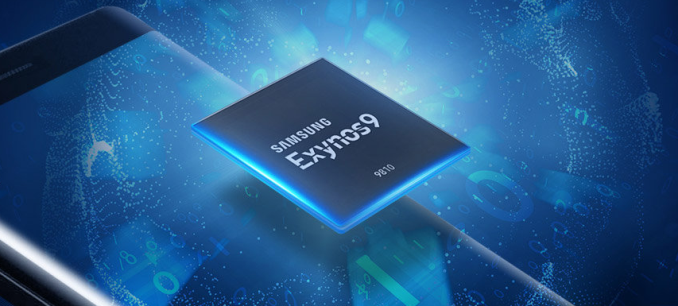

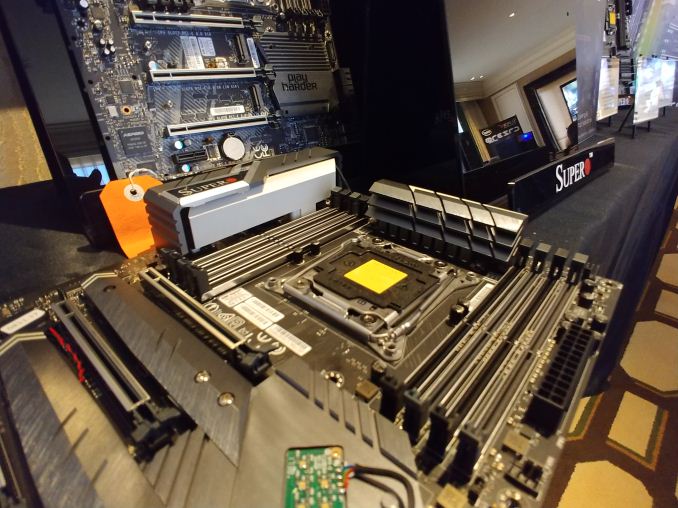
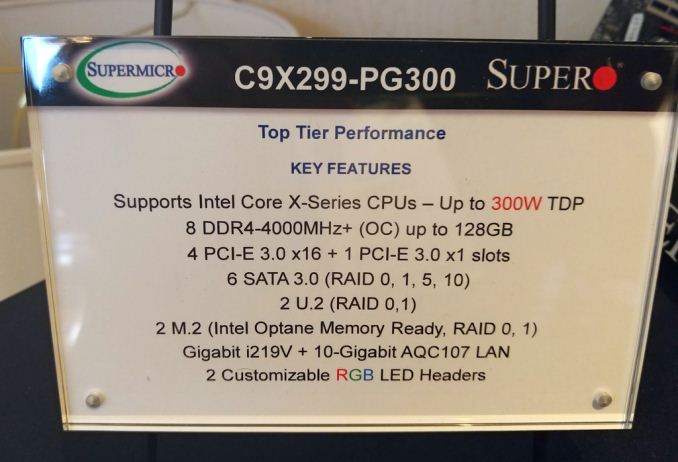


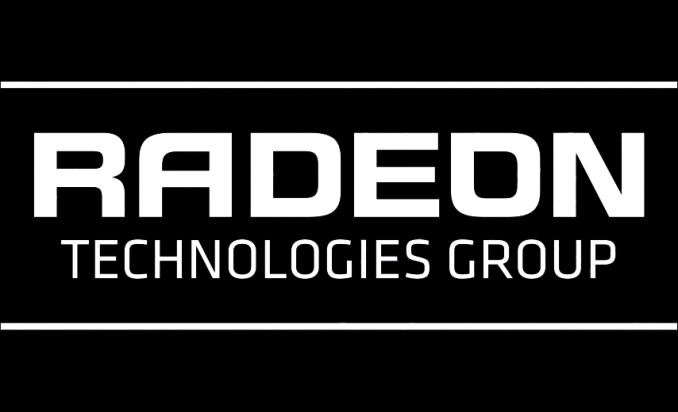
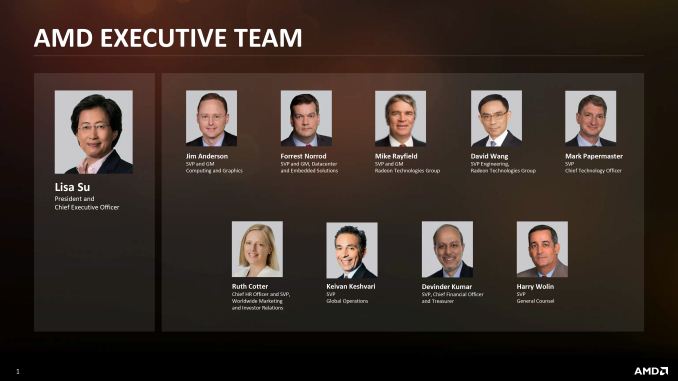



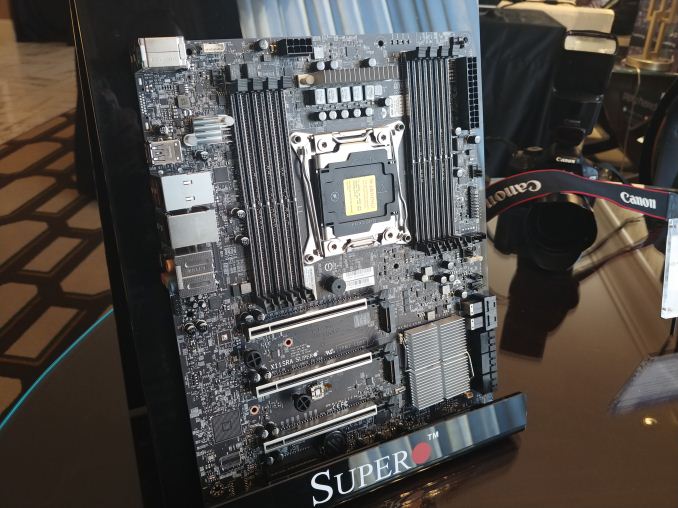
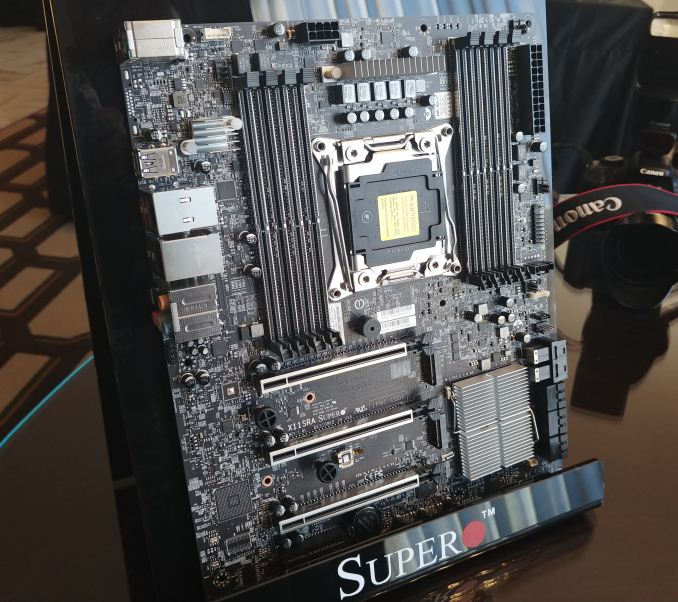
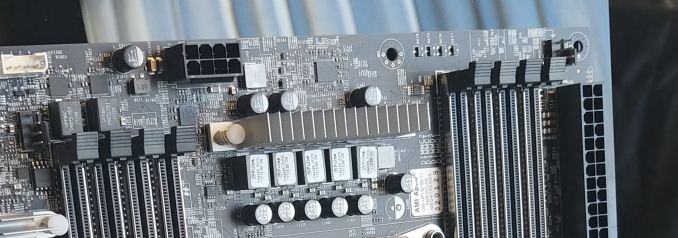

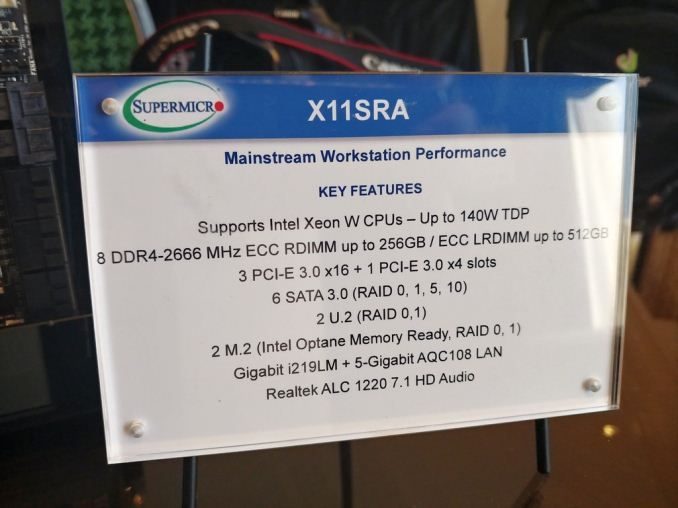

















Bookmarks